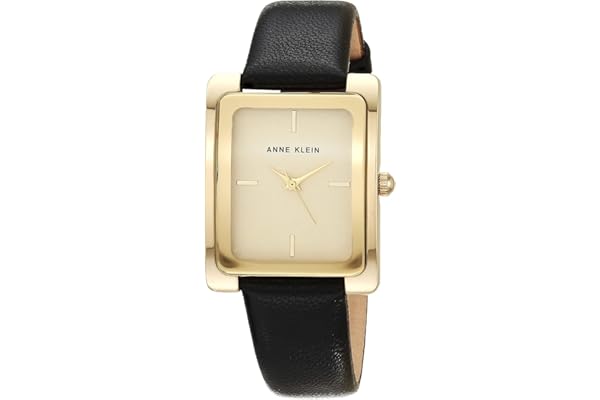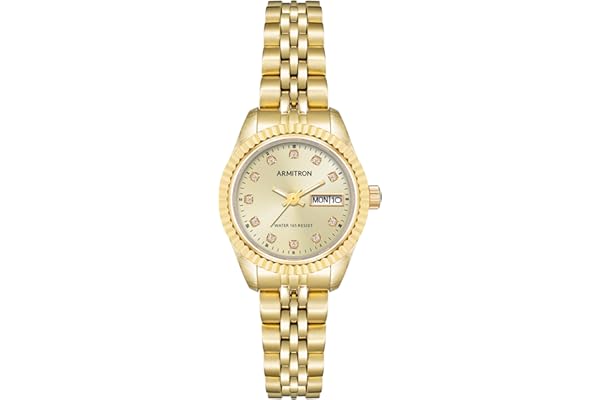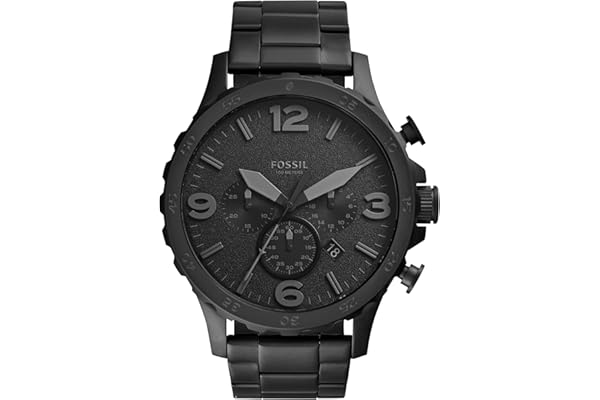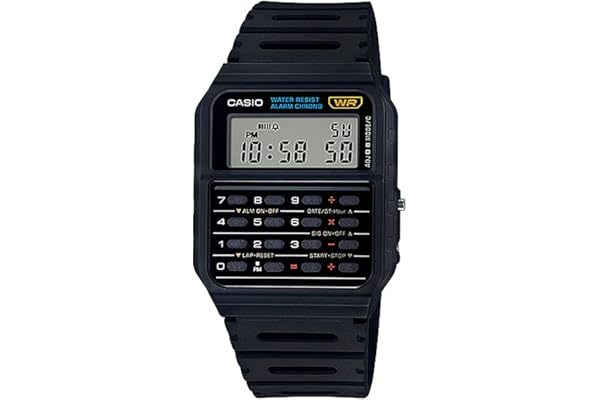Watches with Moon Phase: How They Work and Why They Are Unique
Contents
Understanding the Moon Phase Function
The moon phase function in watches is a fascinating complication that captures the movement of the moon through its 29.5-day lunar cycle. This complication is not just a visual delight but a technical marvel that showcases the intricate craftsmanship of watchmaking. The moon phase display typically includes a small aperture on the watch dial, illustrating the current phase of the moon, from new moon to full moon. This feature is not just about aesthetics; it reflects the historical significance of lunar phases in timekeeping and navigation.
In technical terms, the moon phase complication is driven by a 59-tooth gear that advances one notch every 24 hours. This advancement corresponds to the two primary phases of the moon, creating an almost accurate depiction of the lunar cycle. However, because the actual lunar cycle is slightly longer than 29.5 days, a traditional moon phase watch requires a manual adjustment every two and a half years to maintain accuracy. This complexity is what makes the moon phase complication so revered among horologists and collectors alike.
The moon phase indicator serves as a testament to the watchmaker’s skill and attention to detail. Crafting a moon phase watch involves precision engineering and expert design, as each component must be meticulously aligned to ensure the smooth operation of the complication. This level of craftsmanship elevates the moon phase watch from a mere timekeeping device to a work of art, appealing to those who appreciate the convergence of science and aesthetics.
The Historical Significance of Moon Phase Watches
Moon phase watches have a rich history that dates back to the early days of horology. Before the advent of modern timekeeping technologies, the moon’s phases were crucial for navigation, agriculture, and religious observances. Mariners relied on the lunar cycle to guide their journeys across the seas, while farmers used it to time their planting and harvesting. The inclusion of a moon phase indicator in timepieces reflects this historical reliance on lunar phases, making it a tribute to the past while serving a contemporary purpose.
The first moon phase watches emerged in the 16th century, primarily as astronomical clocks. These timepieces were often large and complex, designed for observatories and wealthy patrons who could afford such luxuries. As watchmaking technology advanced, the moon phase complication was miniaturized and incorporated into pocket watches, making it more accessible to a wider audience. By the 19th century, moon phase pocket watches became popular among aristocrats and watch enthusiasts, symbolizing sophistication and intellectual curiosity.
Today, moon phase watches continue to captivate collectors and watch enthusiasts. They are cherished not only for their aesthetic appeal but also for their historical significance and technical complexity. The moon phase complication remains a testament to the enduring fascination with celestial phenomena and humanity’s quest to understand and measure time through the ages.
 Anne Klein Women's Leather Strap Watch $20.27 |  Anne Klein Women's Bracelet Watch $27.66 - $59.94 |  Avaner American Flag Stretch Watches: Trump 2024 Analog Quartz Elastic Band Wrist Watches for Men Women |
Modern Interpretations and Innovations
In the contemporary watchmaking landscape, moon phase watches have undergone significant innovations, blending traditional craftsmanship with modern technology. While the classic moon phase display remains popular, some brands have introduced new interpretations that enhance functionality and visual appeal. For example, some modern moon phase watches feature high-definition displays with detailed lunar imagery, offering a more realistic depiction of the moon’s surface.
Technological advancements have also led to the development of more accurate moon phase mechanisms. Some high-end watchmakers have introduced perpetual moon phase complications that require adjustment only once every 122 years, thanks to sophisticated gear systems that account for the slight discrepancy in the lunar cycle. These innovations highlight the watchmaking industry’s commitment to precision and innovation, ensuring that moon phase watches remain relevant in the digital age.
Moreover, the integration of moon phase complications into smartwatches has opened up new possibilities for functionality and personalization. Some smartwatches now offer customizable moon phase displays, allowing users to access real-time lunar data and forecasts. This fusion of traditional horology and modern technology demonstrates the versatility of the moon phase complication, appealing to both traditionalists and tech-savvy individuals.
Choosing the Right Moon Phase Watch
Selecting a moon phase watch involves considering several factors, including personal style, functionality, and budget. For those who appreciate classic designs, traditional moon phase watches with analog displays offer a timeless elegance that complements both formal and casual attire. These watches often feature intricate dials and high-quality materials, reflecting the craftsmanship and attention to detail that define luxury watchmaking.
For individuals seeking modern innovations, contemporary moon phase watches offer a blend of style and technology. These watches may include additional features such as chronographs, date displays, or even smartwatch capabilities, providing enhanced functionality alongside the moon phase complication. When choosing a modern moon phase watch, it’s important to consider the brand’s reputation and the quality of the movement, as these factors can influence both performance and longevity.
Budget considerations also play a crucial role in selecting a moon phase watch. While luxury brands offer exquisite timepieces with intricate complications, there are also more affordable options that provide quality craftsmanship and reliable performance. Researching different brands and models, reading reviews, and consulting with watch experts can help buyers make informed decisions and find a moon phase watch that aligns with their preferences and budget.
The Timeless Appeal of Moon Phase Watches
The enduring allure of moon phase watches lies in their unique combination of beauty, history, and technical prowess. These watches transcend mere timekeeping, serving as symbols of human curiosity and our connection to the cosmos. Whether appreciated for their aesthetic elegance, historical significance, or innovative features, moon phase watches continue to captivate enthusiasts and collectors around the world.
The moon phase complication adds a poetic dimension to watchmaking, reminding wearers of the celestial rhythms that govern our world. This timeless appeal ensures that moon phase watches remain a cherished choice for those who seek more than just a functional timepiece. As watchmaking continues to evolve, the moon phase complication will undoubtedly adapt and innovate, preserving its place as one of the most beloved and unique features in horology.
In conclusion, moon phase watches offer a captivating blend of tradition and modernity, appealing to a diverse audience of watch enthusiasts. Their intricate design, historical roots, and innovative interpretations make them a worthy addition to any watch collection, providing both aesthetic pleasure and a deeper appreciation for the art and science of timekeeping.



